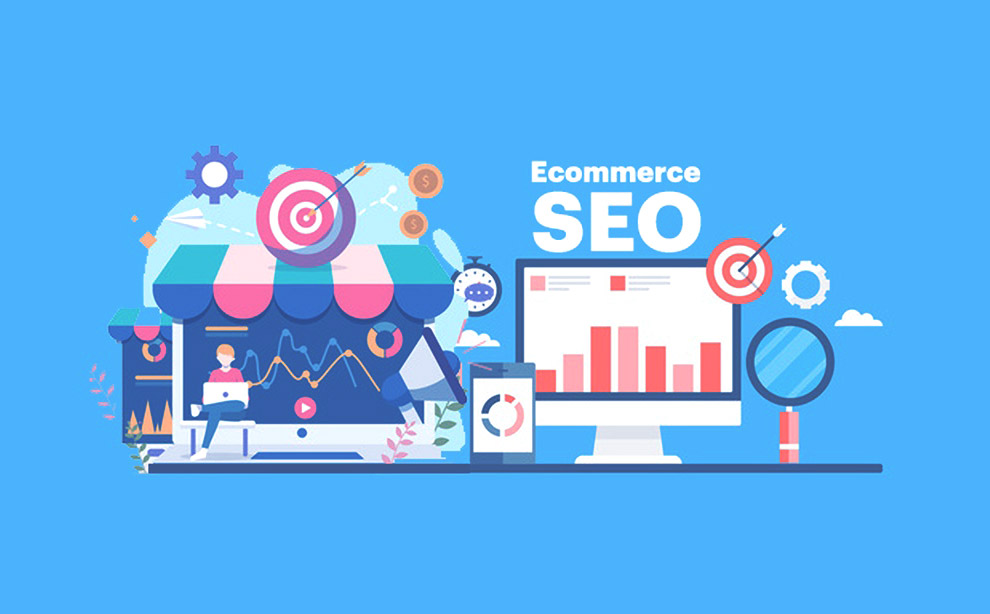Imagine – you’ve got your new shop all stocked up and ready to go, a faint whiff of fresh paint and excitement lingering in the air. On opening day, you cut the big red ribbon, all excited… but no one comes. No customers, no excitement, nothing. That’s what happens to an ecommerce store that’s launched without SEO. Nobody comes. Don’t be that empty shop: maximize your on-page SEO to get traffic from day one. And this isn’t just advice for ecommerce newbies: all ecommerce managers should review their on-page SEO at frequent intervals.
Keyword research your product categories
Your SEO success will hinge on choosing the right product categories and optimizing them for longtail keywords and product specifics. You’ll want to niche right down in order to compete with the big players.
- Purely based on keyword data like average searches and keyword difficulty, what store subcategories should you be creating? Head these insights. This is your users’ language: listen to them.
- Try to target the niche consumer who knows what they want, rather than overbroad categories like “watches”. If you have to go broad at first, make sure you have subcategories too
- Remember to balance subcategories with usability: don’t overload your menu.
- Don’t create empty ‘filler’ keyword categories with no products. You might get traffic, but your bounce rates will be sky high (and you won’t get any sales).
A lot of initial searches and queries will end up on your optimized category pages, so use them to entice people further with strong calls to action.
Include FAQs for longtail relevance
Product FAQs are great for maximizing on-page relevancy as you can squeeze a lot of value out of them. They’re great for users, and they’re great for driving relevant traffic through longtail keywords.
- Use natural language or question keyword research tools like Answer the Public to get an idea of what people are actually asking.
- Speak to your sales or customer service team to find out what issues they are addressing over and over again.
- Don’t forget general store FAQs: use them to address buyer issues and queries. You’ll want to cover returns and deliveries in detail as lot of buyers will go looking for more details on these.
Bin boring manufacturers’ content for lively copy
When you run an ecommerce store with thousands of products and high product turnaround, writing long copy for each product can seem impossible. But from an SEO perspective, unique and relevant copy on product pages is essential. This is something worth investing considerable time and effort into, as it’s way better for users and search engines.
- If you are stocking products that other people sell too, simply using the manufacturers’ copy means that you’ll be using duplicate copy and search engines will have to make brutal decisions on who ranks above who. Not good.
- To cut down on time, hire professional writers and create formulas that you can replicate across the entire product family.
- Customers will also appreciate consistent copy, so try to add value with tips, recommendations and integrated reviews.
Incorporate buyer and user guides into your product pages
Another way to help your product pages appear higher in search results, is to offer a lot of value with your on-page content.
- If someone is looking to buy a camera, why not offer them a guide to camera shopping too? Not only will this kind of content rank of its own accord, it will also convince shoppers that you’re serious about serving their best interests.
- With some larger or more complex purchases, a detailed guide is almost necessary.
Maximize your link architecture
Ecommnrce stores often struggle to get a good distribution of link authority throughout the store because of all the deep navigation of their subpages. This can impact ranking and indexing, so it’s best to try to manage any SEO damage by implementing a good interlinking structure instead.
- Link to your product categories (and main product pages) from your home page to help users and search engine bots get to the good bits faster.
- Don’t let the home page become a link and authority silo: pass the authority around the store with deep hyperlinks.
- Make the links obvious and the navigation as seamless as you can.
Review your headings, page titles, metas & URLs
The basics of on-page SEO ring true in ecommerce too. For products that you want to rank for, you’ll want to have your primary keywords in your page title, heading, meta description, body copy and URL.
- Don’t obsess over exact match all the time: prioritize natural language.
- Think about going really targeted and niche for the best SEO results. Be ultra-descriptive to capture longtail traffic.
- Include words that imply purchase intent in your copy.
- Some ecommerce platforms generate generic URLs that can create indexing issues in Google. Use a tool like Screaming Frog to see what’s in the index.
